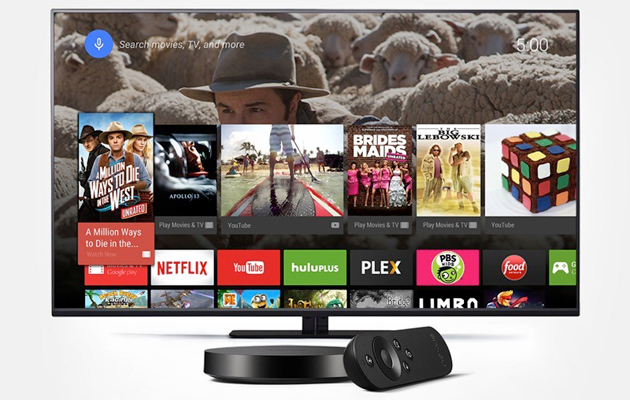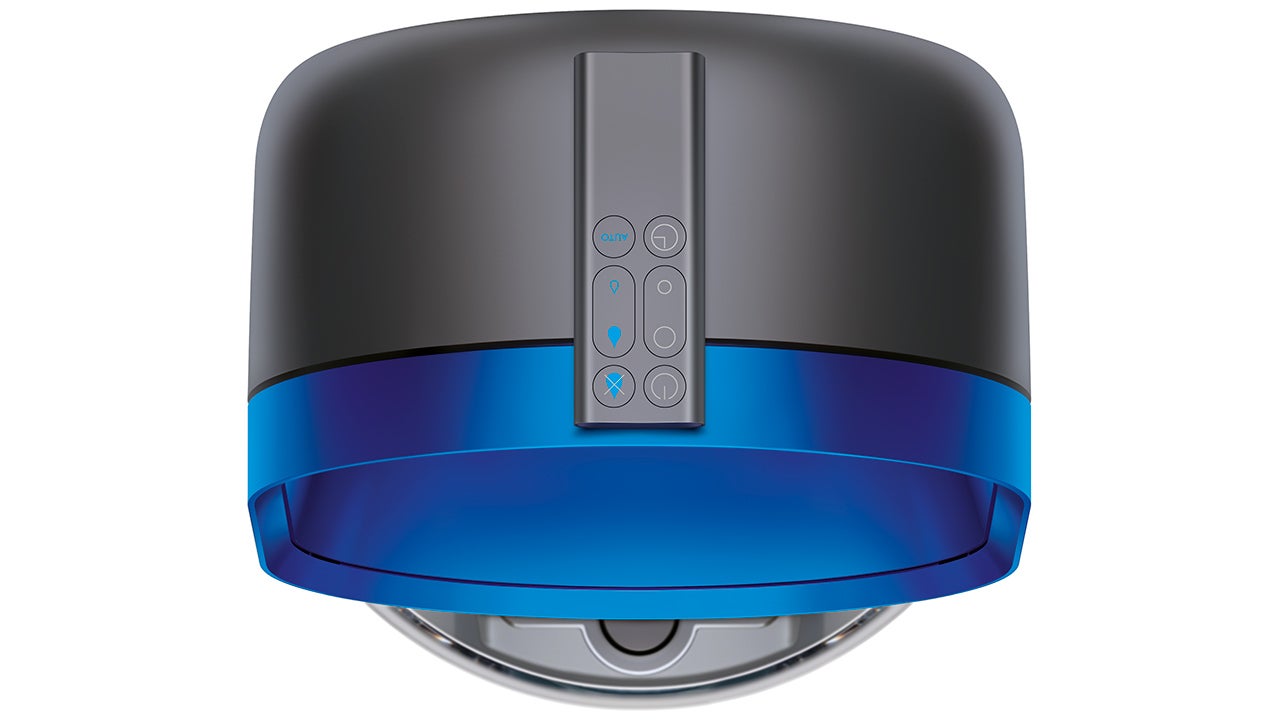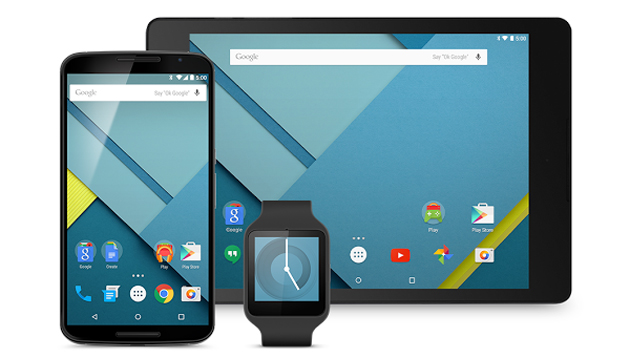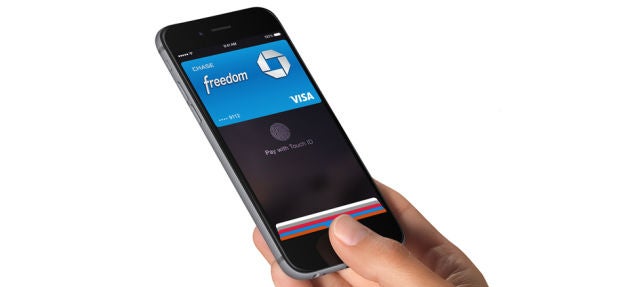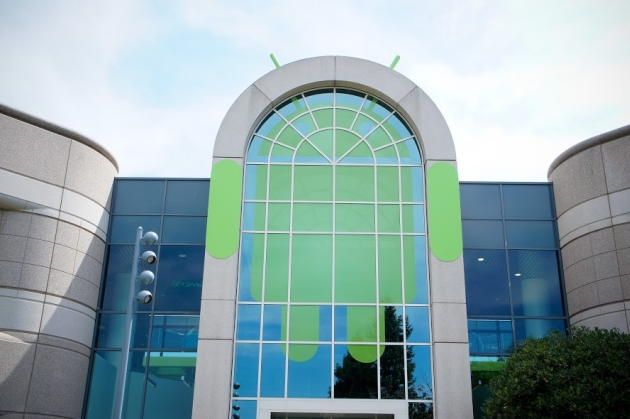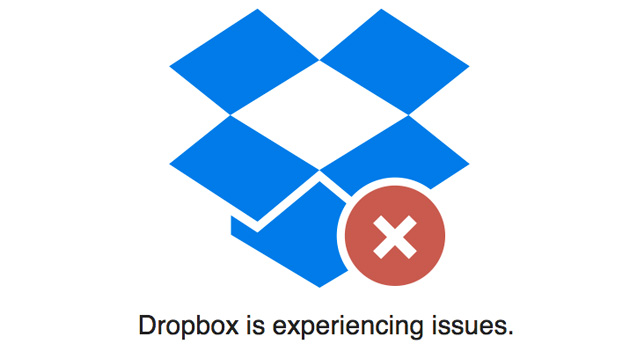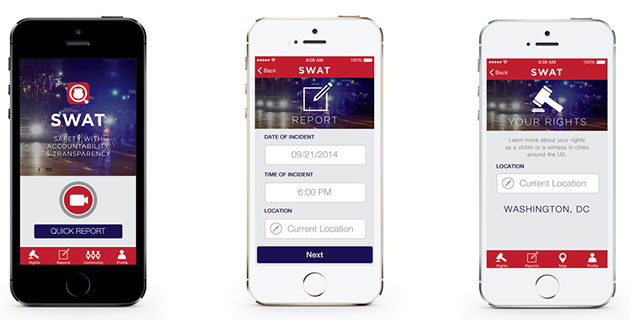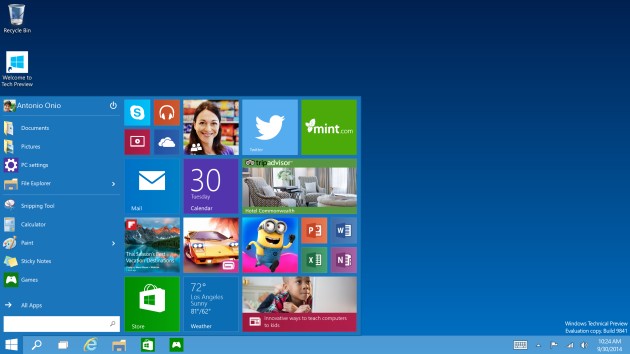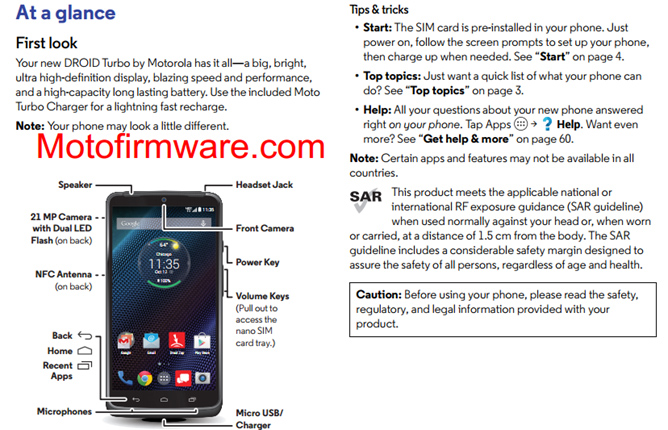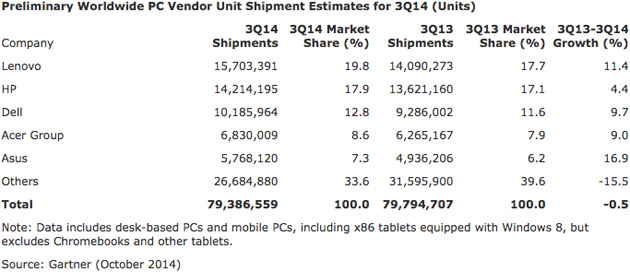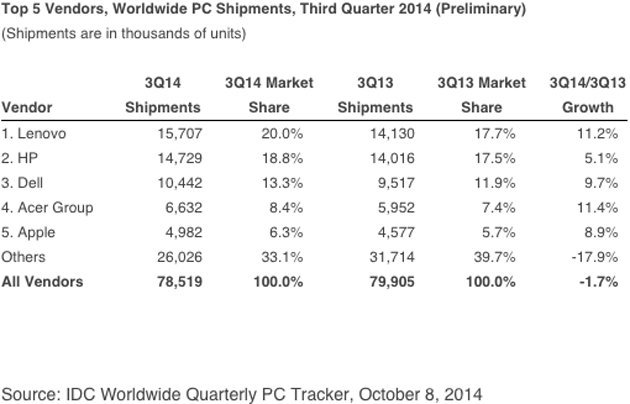As the leaks hinted, the 5.2-inch Desire Eye is looking to
capitalise on the selfie trend with a front-facing 13MP camera complete
with dual-LED flash. Despite not being the latest One flagship
device from the Taiwanese firm, the Desire Eye isn’t short of headline
specs. It’s got a 2.3GHz Qualcomm Snapdragon 801 processor, 2GB of RAM
and 16GB of storage - upgradeable via microSD.
Being part of
the Desire range, there’s no shiny aluminium casing to swoon over.
Instead, the Desire Eye is forged from polycarbonate – boasting an IPX7
waterproof rating and a choice of either red/white or light blue/dark
blue colour options. All of which are just distractions from
the phone’s main USP: dual 13MP cameras. There are some neat tricks,
such as the “split selfie” mode, that lets you take a picture
simultaneously with the back and front cameras. Both front and back are
also capable of recording 1080p video and face detection means multiple
people can video call using just one handset.
The display,
likewise is a Full HD affair, and HTC has fitted the Desire Eye with a
2,400mAh battery. The phone will ship running Android 4.4 and HTC’s
Sense 6 UI on top. Although, as yet, the company hasn’t revealed pricing
and a firm release date. HTC also clearly had its Eye on
GoPro, as the firm revealed it’s first ever action camera. Dubbed the
HTC RE, it’s a curving one-buttoned device with a 146-degree super
wide-angle f/2.8 lens. Inside is a 16MP sensor and a 820mAh battery.
Apparently planning to “RE-imagine” the way we capture video, the HTC
RE captures an image with one press of the single button and will record
video with a long press. There’s no zoom, no display and no
power button while storage is handled via microSD – HTC includes an 8GB
card with the camera. It’s not going to replace your regular
camera – or even your smarthphone – any time soon, but HTC obviously
believes there’s space for another affordable action camera out there.
What do you think? Let us know in the comments section below.






